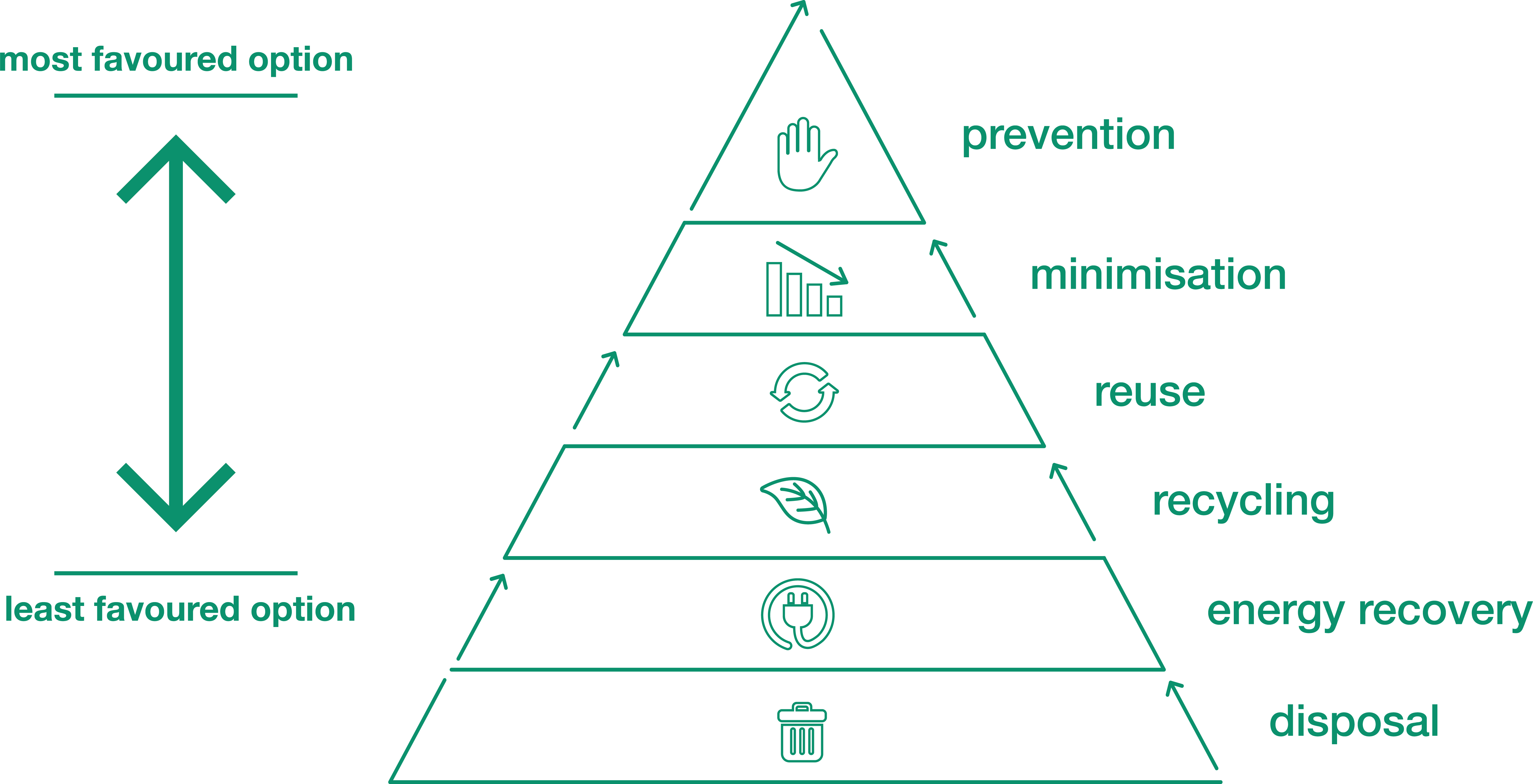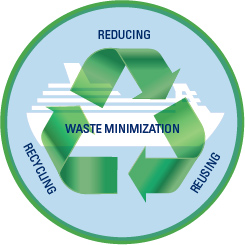How Recycling Lives Services Help In Reducing Environmental Impacts
How Recycling Lives Services Help In Reducing Environmental Impacts
Blog Article
Exploring Different Sorts Of Waste in Modern Waste Monitoring Equipment
The contemporary landscape of waste administration involves navigating an intricate range of waste types, each requiring specialized handling and disposal approaches to reduce ecological effects. Local strong waste, unsafe waste, digital waste, and organic waste each present distinctive difficulties and possibilities for source recovery.
Metropolitan Strong Waste
Metropolitan solid waste, usually described as home trash or rubbish, encompasses a selection of thrown out materials generated by property, industrial, and institutional resources within a district. This waste stream normally consists of items such as product packaging, food scraps, backyard trimmings, paper, plastics, fabrics, and disposed of family products. The monitoring of community solid waste is a vital component of metropolitan planning and public wellness, necessitating efficient collection, transport, and disposal systems.
Reliable waste management systems are designed to minimize ecological influence while optimizing resource recovery. Composting organic waste, such as food scraps and yard trimmings, not only minimizes landfill use but also produces valuable dirt changes.
Districts should additionally resolve the financial and logistical challenges connected with waste administration. Applying pay-as-you-throw systems, enhancing public recognition, and buying modern technology can considerably enhance waste diversion prices. By incorporating these methods, towns can promote sustainable areas, lower greenhouse gas discharges, and preserve natural resources.
Hazardous Waste

Effective contaminated materials management includes several essential actions: identification, segregation, disposal, and treatment. Identification requires the category of waste based upon its harmful properties. Segregation makes sure that harmful materials are kept individually from non-hazardous waste to avoid cross-contamination. Therapy approaches, such as chemical neutralization, incineration, and stabilization, are employed to reduce the poisoning, volume, or movement of the waste. Disposal alternatives, including secure land fills and underground storage space, are chosen to ensure long-lasting containment.
Governing structures, such as the Source Conservation and Recovery Act (RCRA) in the United States, give standards and criteria for contaminated materials administration. Adherence to these laws, combined with improvements in waste treatment technologies, is crucial in reducing the dangers related to unsafe waste.
Digital Waste
Electronic waste, frequently referred to as e-waste, represents a swiftly expanding difficulty in waste administration systems around the world. This type of waste incorporates discarded electronic gadgets and devices such as smart devices, computers, televisions, and other electronic appliances. The fast pace of technological improvement, paired with reducing item lifespans and customer need for the most recent tools, has exponentially enhanced the volume of e-waste generated yearly.
E-waste is particularly troublesome because of its intricate make-up, typically containing unsafe compounds like mercury, lead, and cadmium, which position substantial environmental and wellness threats otherwise properly handled. Conversely, e-waste also has important materials such as silver, copper, and gold, which can be recouped and recycled. The double nature of e-waste-- both important and dangerous-- necessitates customized handling, reusing, and disposal processes.
Reliable e-waste management entails rigid regulative frameworks, robust collection systems, and advanced recycling modern technologies. Public understanding and engagement are crucial, as improper disposal techniques, such as unlawful dumping and casual recycling, intensify environmental contamination and health and wellness hazards. As a result, enhancing e-waste administration practices is crucial for reducing eco-friendly impact and recouping beneficial sources in a progressively digital world.

Organic Waste
Organic waste, consisting of cooking area scraps, lawn trimmings, and agricultural residues, stands for a significant portion of the international waste stream. This kind of waste is naturally degradable, implying it can be damaged down by microbes into simpler natural substances. Regardless of its possibility for natural decomposition, incorrect administration of organic waste can lead to unfavorable environmental influences, including the exhaust of greenhouse gases such as methane, which add to climate modification.
Efficient monitoring of organic waste is vital for decreasing these environmental influences (recycling lives services). Composting is a commonly Homepage embraced method, transforming natural waste right into nutrient-rich garden compost that can improve soil health and farming performance. In addition, anaerobic digestion is an emerging modern technology that transforms natural waste into biogas, a renewable resource source, and digestate, which can be made use of as fertilizer
Municipalities and waste monitoring entities need to execute robust organic waste collection and therapy programs to make the most of the advantages of these processes. Public education projects can also play a critical duty in motivating homes and organizations to different natural waste from other sorts of waste. By focusing on the monitoring of natural waste, societies can decrease landfill use, lower greenhouse gas emissions, and develop valuable results for farming usage.

Ingenious Waste Monitoring
In the realm of waste monitoring, cutting-edge methods are transforming how societies manage their refuse, intending for sustainability and effectiveness. One prominent development is the implementation of smart waste bins outfitted with sensors that check fill resource levels and maximize collection routes.
An additional remarkable advancement is the adoption of waste-to-energy (WtE) technologies. By transforming non-recyclable waste right into useful energy with processes such as incineration and anaerobic food digestion, WtE reduces garbage dump concern and provides a renewable resource resource. In addition, developments in chemical reusing enable the break down of complex plastics into their initial monomers, making it possible for the development of new, high-grade plastic products.
Moreover, the round economic situation version is obtaining traction, highlighting the layout of items and systems that focus on reusability and source performance. This all natural strategy encourages sectors to reduce waste generation from the beginning. Through these innovative methods, modern-day waste management systems are not just dealing with the immediate difficulties of garbage disposal but also leading the method for an extra sustainable future.
Verdict
A comprehensive understanding of metropolitan strong waste, harmful waste, electronic waste, and organic waste, paired with the implementation of ingenious waste management remedies, is critical for alleviating ecological impacts. Incorporating technologies such as smart waste containers and waste-to-energy systems can boost effectiveness and sustainability. Reliable waste management techniques not only foster source healing however likewise promote public recognition and engagement, ultimately contributing to the advancement of a circular economic climate.
The modern landscape of waste management involves browsing a complicated array of waste kinds, each requiring specialized handling and disposal approaches to mitigate environmental impacts. Municipal strong waste, harmful waste, digital waste, and organic waste each existing unique obstacles and possibilities for source recovery.Electronic waste, typically referred to as e-waste, represents a swiftly expanding difficulty in waste management systems around the world. Via these innovative strategies, contemporary waste administration systems are not just dealing with the prompt obstacles of waste disposal however likewise paving the means for an extra sustainable future.
A detailed understanding of municipal solid waste, dangerous that site waste, electronic waste, and natural waste, paired with the execution of innovative waste administration options, is vital for reducing environmental influences. (recycling lives services)
Report this page